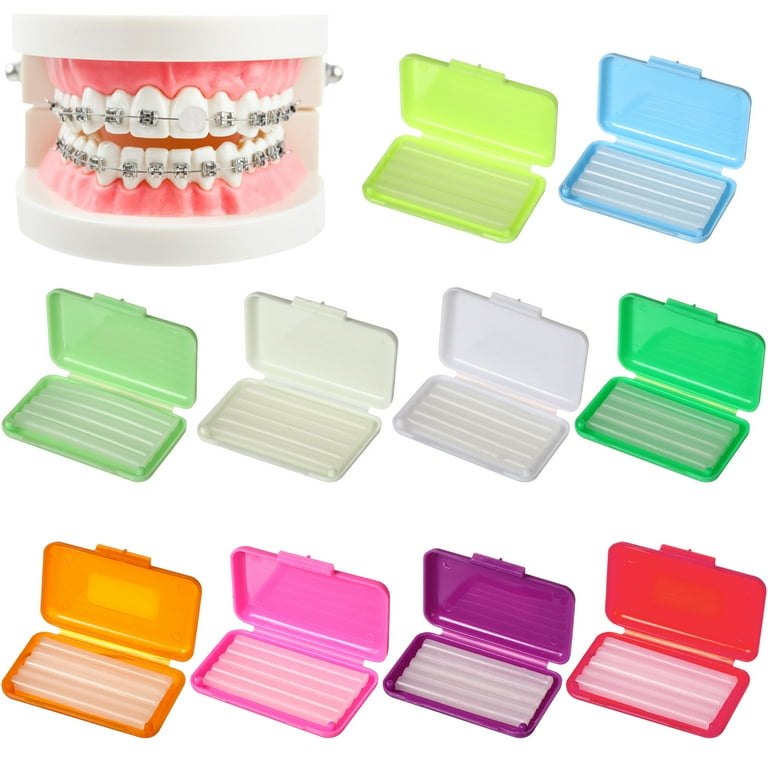Why Cumming Invisalign is the Perfect Selection for a Discreet Orthodontic Solution
Why Cumming Invisalign is the Perfect Selection for a Discreet Orthodontic Solution
Blog Article
Comprehensive Overview to Orthodontics Treatments for Correcting Dental Misalignments
In the world of orthodontics, the journey to attaining a perfectly lined up smile includes a myriad of treatments customized to remedy oral misalignments. From conventional dental braces to unseen aligners and also surgical alternatives, the area of orthodontics offers a variety of options to resolve differing levels of dental irregularities. Recognizing the details of each treatment, including their mechanisms, benefits, and potential downsides, is crucial in making informed decisions about one's orthodontic treatment. As we navigate with the thorough overview to orthodontic treatments for dealing with oral imbalances, the complex details of each method will unfold, shedding light on the course towards a unified and functional oral placement.
Orthodontic Procedures Introduction

In addition to traditional dental braces and clear aligners, orthodontists may likewise advise other interventions like headgear, palatal expanders, or retainers to attend to specific alignment problems (cumming invisalign). These treatments are tailored per patient's unique demands and might include a combination of treatments to achieve the wanted outcomes. Normal adjustments and monitoring are crucial parts of orthodontic treatment to make certain progress is on track and to make any type of essential modifications along the means. By undergoing orthodontic procedures, individuals can not just achieve a straighter smile however likewise boost their overall oral health and wellness and feature.
Standard Braces: How They Work
When taking into consideration orthodontic treatments for dental imbalances, conventional braces stand apart as a tried and true technique for correcting teeth positioning. Traditional dental braces consist of braces, cables, and bands that interact to use continuous stress on the teeth, slowly moving them right into the desired positioning. The brackets are connected to the teeth utilizing an unique adhesive, and the wires are threaded via the brackets. By readjusting the tension of the cables, orthodontists can control the instructions and pressure put on each tooth, leading them into correct alignment gradually.
As stress is used to the teeth through the braces, the bone surrounding the teeth is reshaped to support the new tooth positions. Clients will need routine modifications at the orthodontist's office to guarantee the braces continue to apply the correct pressure for effective teeth movement.
Unnoticeable Aligners: Benefits And Drawbacks
Invisible aligners offer a discreet and convenient choice to standard braces for fixing dental imbalances. These clear, custom-made trays are virtually invisible when put on, making them an enticing alternative for people looking for a much more visually pleasing orthodontic treatment. Among the key advantages of unnoticeable aligners is their removability, allowing for easier upkeep of dental hygiene contrasted to standard braces. Patients can get rid of the aligners before consuming or cleaning their teeth, reducing the threat of food getting stuck in the device and simplifying the cleansing procedure.

Surgical Orthodontic Options
Surgical treatments in orthodontics present sensible alternatives for dealing with complicated oral imbalances that may not be successfully settled through conventional orthodontic treatments. While traditional dental braces and unseen aligners can fix several orthodontic problems, specific situations require surgical intervention to achieve ideal outcomes. Surgical orthodontic alternatives are normally advised for extreme malocclusions, significant jaw inconsistencies, and instances where the underlying bone framework requires adjustment to achieve appropriate placement.
One typical surgical orthodontic procedure is orthognathic surgery, which involves rearranging the jaws to deal with functional problems such as difficulty speaking or click to investigate chewing. This surgical procedure is commonly carried out in partnership with an orthodontist who helps line up the teeth prior to and after the treatment. Surgical orthodontics may also involve treatments to expose affected teeth, remove excess gum cells, or improve the jawbone to produce a more unified face account.
Before thinking about medical orthodontic choices, people undertake a thorough examination to figure out the need and possible advantages of such interventions. orthodontics. While surgical procedure might seem difficult, it can considerably enhance both the feature and visual appeals of the smile in instances where standard orthodontic therapies drop short
Retainers and Post-Treatment Treatment

Post-treatment care involves adhering to the orthodontist's directions carefully. This might consist click here to find out more of appropriate oral health practices, attending follow-up visits, and using the retainers as prescribed. Failing to adhere to post-treatment care instructions can cause relapse, where the teeth slowly return towards their initial positions. Consistent retainer wear, good dental hygiene, and regular dental examinations are essential for keeping the results accomplished through orthodontic surgery and guaranteeing the long-lasting stability of the fixed oral alignment.
Verdict
In verdict, orthodontic procedures supply various alternatives for fixing dental imbalances. Surgical orthodontic choices are available for a lot more extreme Check Out Your URL misalignments. On the whole, orthodontic procedures can successfully improve dental wellness and aesthetic look.
As we browse through the detailed guide to orthodontic procedures for remedying dental misalignments, the detailed details of each technique will certainly unfold, dropping light on the course toward a practical and unified dental placement. - orthodontics
One of the most typical orthodontic therapies is the usage of braces, which consist of metal brackets and cords that apply mild stress to gradually shift teeth into the preferred placement.When considering orthodontic treatments for dental misalignments, typical dental braces stand out as a time-tested method for fixing teeth placing. In addition, invisible aligners may not be appropriate for complicated orthodontic problems that call for even more substantial teeth activity, as they are typically recommended for moderate to moderate situations. Retainers are tailor-made orthodontic tools made to hold teeth in their corrected positions after the completion of orthodontic treatment.
Report this page